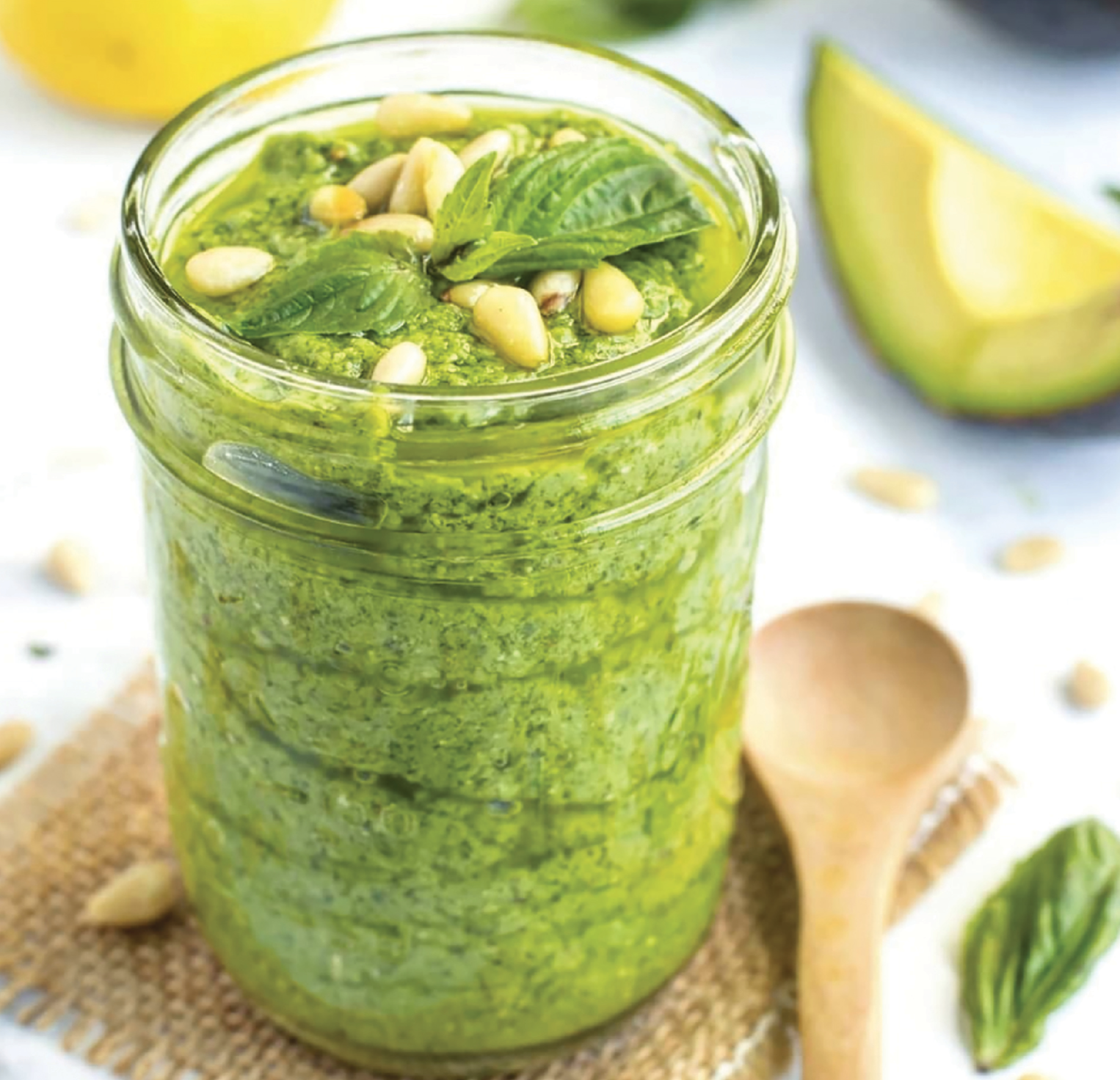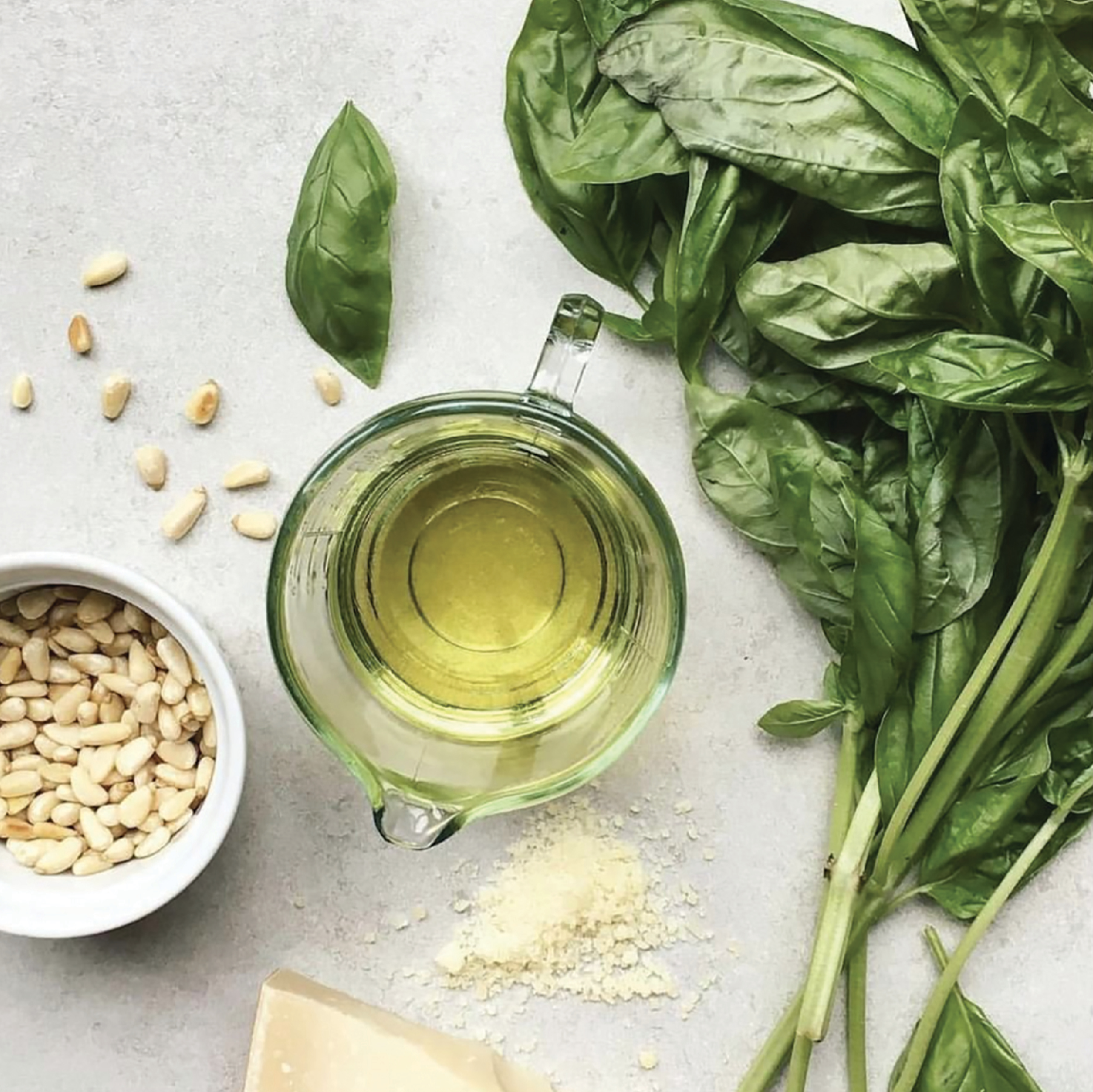
FOOD OF THE GODS
Olives are the fruits of Olea europaea, an evergreen tree native to the Mediterranean that fruits once a year for, potentially, thousands of years; some of the oldest trees alive, which are in Crete, Greece, are known to be 2,000 to 3,000 years old. A freshly picked olive is about the most bitter food on earth—it’s virtually inedible. Prior to eating, olives are typically cured in brine, water or oil, or harvested to be made into its most popular product—olive oil.
HARVEST TIME
Fall is a busy season all over Italy, in large part because it’s harvest time for the two staples of the Mediterranean diet: grapes and olives, both products that have been part of the fabric of Italian culture for thousands of years. The harvest begins in late September and can continue through January, depending on the location where olives are being grown and the local weather patterns. In the region of Molise, where Colavita traces its roots, the olive harvest typically takes place from late October to November. The harvesting of the olives is still done by hand, with crews using ladders to reach the fruit, but it is also accomplished by mechanical means, using tree-shaking devices. Then the olives are gathered up and transported immediately to the mill. The less time the olives sit around, potentially getting bruised and damaged, the better the quality of their oil will be.

EXTRA VIRGIN VS. VIRGIN
Extra-virgin olive oil is the highest grade of olive oil available. It has a maximum acidity level of 0.8 percent and a full-bodied olive fruit taste and pleasant spicy notes. Extra-virgin olive oil is a staple you should keep on hand, because it’s great for cooking in just about any preparation. It’s also excellent to enjoy more simply on a slice of crusty bread, on salads, or drizzled over dishes as a final touch, to better taste its delicate flavors. Virgin olive oil is made using the above process, obtained from over-ripe fruits with an acidity level of up to 2.0 percent. Although slightly lower in flavor quality, it’s a better choice for cooking at high temperatures—high heat will generally destroy the more delicate nuances of extra-virgin olive oil. Pure olive oil provides a light olive taste and is perfect to use in any meal preparation, and is great for baking and frying.
WELLNESS WEAPON
A tablespoon of olive oil contains 120 calories and 14 grams of fat. You may ask, if it contains so much fat, how can it b considered healthy? Among its many positive traits, olive oil doesn’t contain trans-fats or cholesterol and furthermore, actually reduces cholesterol levels. It has more monounsaturated “good” fats per serving than any other cooking oil, which helps reduce “bad” LDL cholesterol and increase “good” HDL cholesterol. Olive oil also helps reduce the risk of heart disease, keeps diabetes under control and relieves pain and inflammation. Extra-virgin olive oil is wonderfully versatile, from the most obvious uses (drizzled on salads) to the unexpected (in chocolate cake). Check out Colavita’s recipe collection at colavitarecipes.com, for traditional and innovative ways to incorporate olive oil into your cooking.



